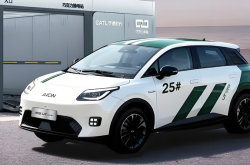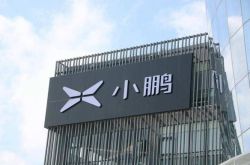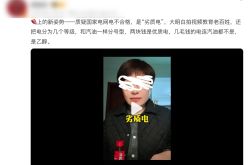A Mutated Price War: A Grueling Battle in the Auto Industry
![]() 02/17 2025
02/17 2025
![]() 654
654
Introduction
The competition among the top players in the Chinese auto market has undeniably entered a new phase.
Retail sales figures for January, released by the China Passenger Car Association, reveal a year-on-year decline of 12.1% and a month-on-month drop of 31.9%, indicating a rocky start to the year. This downturn can be attributed to several factors, including the impact of the Spring Festival holiday, uncertainty regarding subsidy policies, consumer hesitation, and the overextension of sales at the end of last year.
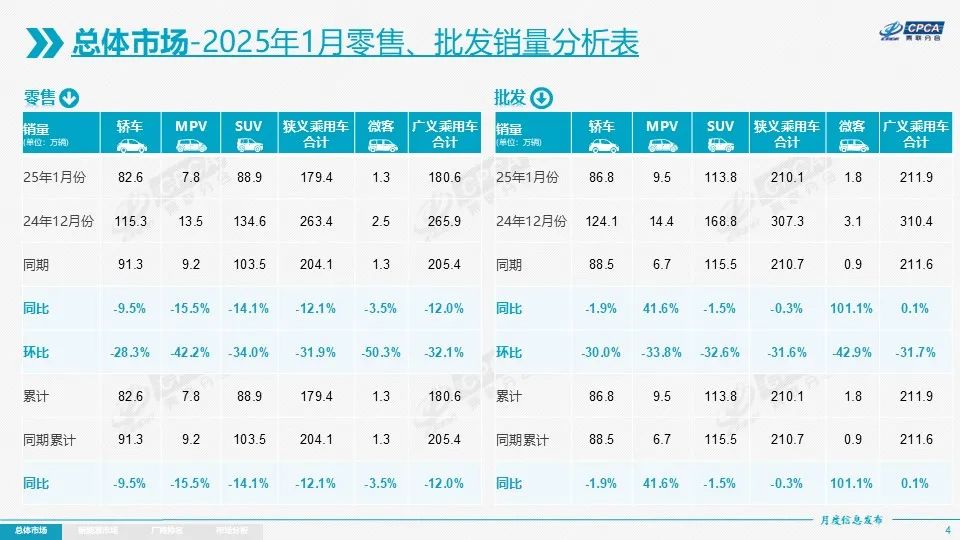
As an observer, however, I remain unperturbed about the market's subsequent trajectory. With the successive adjustments and strategies employed by industry leaders, it is only a matter of time before the market regains its footing. What lies ahead is a Chinese auto market characterized by even fiercer competition, deeper involution, and bloodier battles. The unfolding events of February provide the perfect vantage point for observation.
After setting the broader context, I must share that two events deeply impressed me immediately after the Spring Festival holiday.
First, let's consider Tesla.
The newly refreshed Model 3 suddenly launched a promotional bundle comprising insurance subsidies and five-year interest-free financing, instantly causing anxiety among competitors and triggering a chain reaction of similar moves.
Next, there's BYD.
This week, a conference titled "Ushering in the Era of Intelligent Driving for All" created a significant stir. Leveraging the formidable power of its "Divine Eye" technology, BYD, long self-proclaimed as the "global leader in new energy vehicles," officially introduced features such as high-speed pilot assistance and automatic parking to models priced as low as 70,000 yuan, with models priced above 100,000 yuan even offering these features as standard across the board.
Despite appearing disparate on the surface, the actions of these two giants are underpinned by a consistent logic, which is the focus of today's article.
A Disguised "Price War"
If one were to pinpoint a keyword for China's auto market over the past two years, "price war" would undoubtedly be the frontrunner.
Why is this happening?
The intensifying wave of electrification has led to a complete overhaul of the industry's rules. In other words, the pricing system adhered to in the era of traditional fuel vehicles has been completely upended by disruptors. Until the final landscape is established, fierce competition is bound to permeate every segment.
So, who ignited this spark?
There are numerous theories on this matter. Personally, I firmly believe that Tesla and BYD are the true instigators. From Tesla's multiple official price cuts for the older Model 3 and Model Y to BYD's launch of the Champion Edition and Glory Edition in 2023 and 2024, respectively, they have served as the fuse that ignited an increasingly intense "price war."
China's auto market swiftly found itself submerged in a sea of red competition.
Two years have passed, and after numerous rounds of reshuffling, most market participants are worn out and complaining. Some automakers with weaker risk resistance capabilities have even faded into oblivion. However, there are no signs that the "price war" will abate.
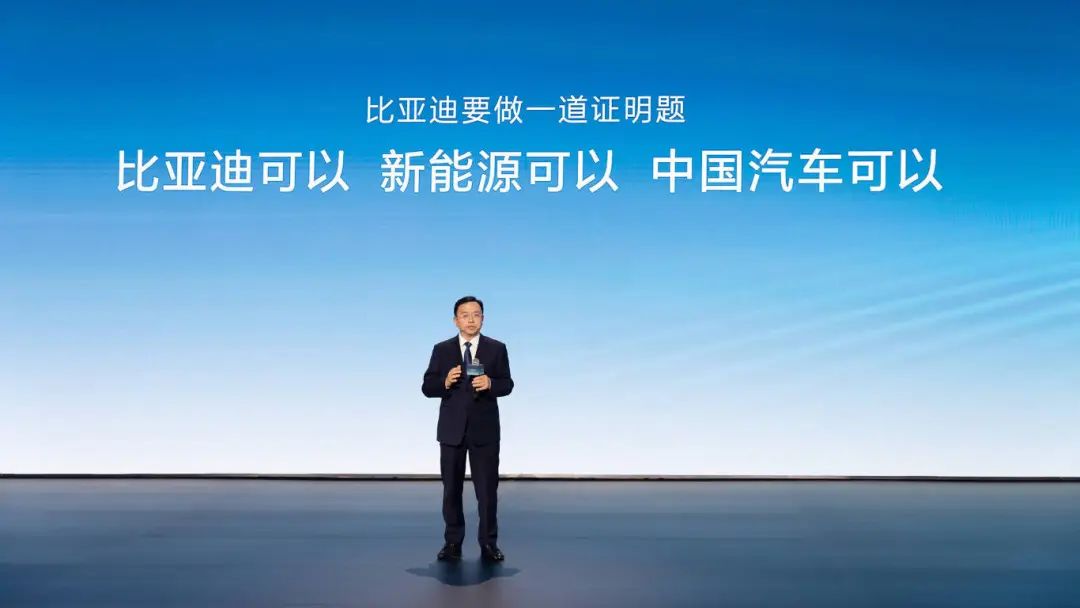
As early as 2023, BYD Chairman Wang Chuanfu aptly stated, "Currently, it is an era of fast fish eating slow fish, not big fish eating small fish. If automakers don't rise up in the next 3-5 years, they will have no chance. And in the next 3-5 years, the overall auto market or different segments will continue to engage in price wars." Every word is now coming true.
Compared to the once straightforward and brutal "if you drop prices, I'll drop prices too" approach, it is evident that since entering 2025, the "price war" has mutated, gradually donning a more sophisticated guise.
Blindly lowering prices offers limited stimulation to consumers and can instill hesitation. Moreover, the erosion of brand value and betrayal of existing car owners are blatant consequences. The actions of Tesla and BYD at the beginning of this article provide compelling evidence for this assessment.
Take the refreshed Model 3 as an example. The annual insurance cost is priced at 8,000 yuan. Assuming an annual interest rate of 2.5%, adopting five-year interest-free financing can save over 22,000 yuan. Combining these two benefits, more than 30,000 yuan in real savings are offered to end consumers.

While not as aggressive as directly cutting prices to secure orders, this approach is certainly more palatable.
On the other hand, BYD's conference this week, in addition to announcing the "Ushering in the Era of Intelligent Driving for All," emphasized that all new models equipped with the "Divine Eye" technology offer "more features, no price increase" compared to older models.
Taking the lowest-hardware-configured "Divine Eye" C as an example, the estimated cost of the entire system is around 5,000 yuan, which BYD has chosen to absorb for its users.
These actions by the two giants represent a disguised form of "price war." Moreover, they signify that competition among the top players in China's auto market has entered a new phase. However, not all brands can emulate or succeed with similar approaches.
The Mutated "Price War" is Even Tougher
By now, many readers may be puzzled by the previous statement.
Rationally and objectively, my point is: "Whether it's the straightforward price war of the past or the mutated version that emerged in 2025, the essence is a proactive acceleration by leaders aimed at securing a larger market share while heavily pressuring competitors."
To "survive," many followers are reluctantly adopting similar strategies.
The reason is simple: failure to do so means certain demise. China's auto market is a ruthless beast, screening and eliminating players from front to back.
However, emulating these strategies often proves futile.
Take Tesla as an example again. The American new energy automaker's five-year interest-free financing has, for various reasons, received positive sales feedback since the second half of last year. The announcement that the refreshed Model 3 would continue this policy hit the "demand point" of potential customers at the beginning of this year.
Conversely, automakers with less market clout find it difficult to make an impact even if they offer identical or more aggressive approaches. The winner-takes-all trend in the market is increasingly prominent, with consumers thinking, "When buying a new energy vehicle, I'll just go with those few reputable brands."
BYD's conference this week can also be described as a "multi-win" move.
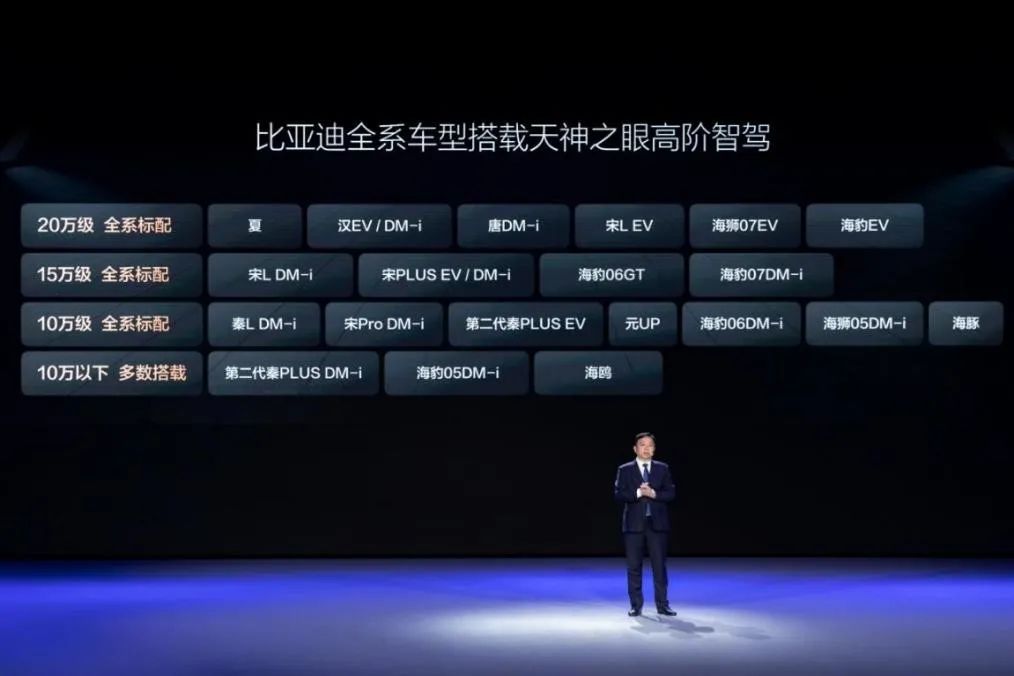
In the past, there have been质疑 voices that BYD's actions have stirred up the Chinese auto market, leaving little room for profit. If it had continued with the practice of directly cutting prices across the board for the "Champion Edition" and "Glory Edition" this year, industry criticism and condemnation would undoubtedly have intensified, potentially leading to a sudden deterioration in public opinion and reputation.
However, by popularizing intelligent driving through the "more features, no price increase" approach, BYD has silenced critics and waged a beautiful mutated "price war," which can euphemistically be termed "value enhancement."
It not only benefits users but also makes competitors uneasy, explaining why several industry leaders have faltered one after another.
On one hand, BYD has gradually lowered the entry barriers and purchase premiums for high-end intelligent driving features; on the other hand, it has firmly attached the label of "standard across the board" to its brand, achieving both fame and fortune. The underlying message seems to be, "If you have the ability, come and try it too; otherwise, just accept it."
Based on current rumors, some automakers are still making calls, while others are quietly engaging in strategic responses, adjustments, and renewals. Differences in response rhythm and development path are widening the gap between various tiers.
Of course, as BYD mentioned, achieving the popularization of intelligent driving requires data advantages, R&D advantages, and strong supply chain advantages, all of which are indispensable.
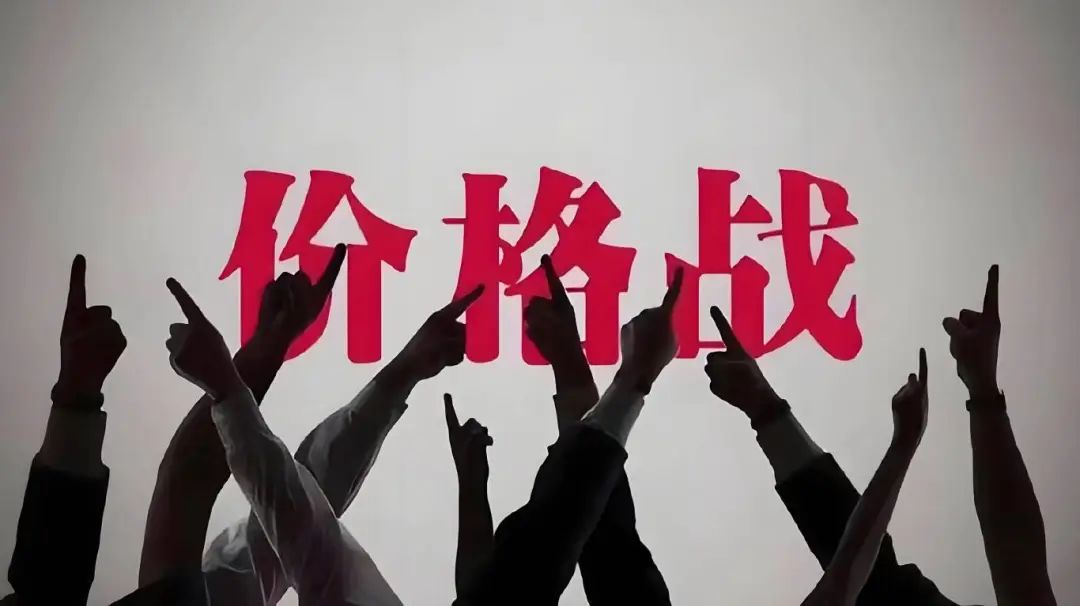
Such stringent conditions make it virtually impossible for followers to catch up, subtly proving that a mutated price war is even tougher to fight.
In China's auto market, akin to a "meat grinder," it is anticipated that various promotional tactics will continue to emerge. From joint ventures to independent brands, this year, all OEMs are pulling out all the stops to sell more cars.
Coincidentally, as this article nears its conclusion, news of official price cuts has come from both ARCFOX and Lynk & Co. Despite their differing situations, the shared aspiration is clear: "Staying at the table is more important than anything else."
In summary, until the landscape becomes clear and bright, the "price war" will remain the dominant theme in the market. For this reason, all participants must grit their teeth and persevere.
For any brand, success or failure often lies in their own hands. Constant complaining is more indicative of weakness and incompetence.
Remember, China's auto market has always been a game for the strong. The best way to silence critics is through unassailable actions. Watch as, during these 365 days, many people's "fig leaf" will be torn off.
Survival of the fittest, winner-takes-all, and the survival of the superior with the elimination of the inferior are the unchanging laws...

